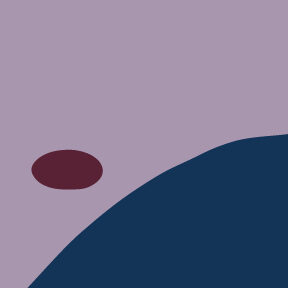“birds and clouds from one life to another” by Sylvia Schwenk and Nikola Dicke references Bertolt Brecht’s poem “The Lovers”, that centres on the lives of a flock of cranes. In this art event, which took place in the German/Dutch border town of Bad Bentheim, German and Dutch model-plane pilots flew their planes as a group in a choreographed performance suggestive of the flight movements of a flock of birds set to music written for this performance. After the model plane performance the audience and pilots were invited to fold small origami cranes and build large origami crane sculptures, which were later carried over the airfield in a performance, also set to music. The event ended with a barbeque.
Schwenk and Dicke’s approach to this project reflects social and political action, which uses an art framework that draws attention to and generates discourse on areas that create opportunities for inter-human relational practices. This form of artistic practice typically creates a social and spatial dynamic that rises to a climax during the art event and carries on beyond the public presentation of the project. Over 25 years ago1 the art historian Hal Foster describes such an approach as “a new critical strategy of resistance from the inside”. Schwenk and Dicke do not try to relocate artistic strategies in the real world, as Kontext Kunst did in the late 1980s and 1990s. Conversely they try to integrate reality into a themed art project in a way that decontextualises and recontextualises art, which is then later re-presented in the artworld. Schwenk and Dicke not only describe cultural, social and political practices, but focus–coherently and playfully at the same time–on reality, without submitting themselves to a stylistic realism.
The nature of “birds and clouds from one life to another” is based on everyday routines that in a collective, mostly playful practice is given a new aesthetic quality. The final meaning of the work happens when the newly created actions are integrated into everyday life.
“birds and clouds from one life to another” adopts a socio-political approach that simultaneously activates spatial and social processes and negotiates the political and aesthetic field. In this art project Schwenk and Dicke offer communication and interaction. It is about appreciating the whole project as an event. Art as a moment of revelation, not creating life through imitation or reflecting life’s context to represent content, but to be aware of the reality of life. Art not as a tangible physical representation, but as a way of thinking.2
1 Hal Foster, ‘Subversive signs’, in: Charles Harrison & Paul Wood (ed.), Art in Theory, 1900-2000: an anthology of changing ideas, (Malden, MA: Blackwell Publishers, 2003)
2 Also refer to Alan Kaprow: ‘The Happenings are dead – Long live the Happenings’, Artforum 4/7, New York, 1966
